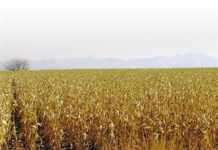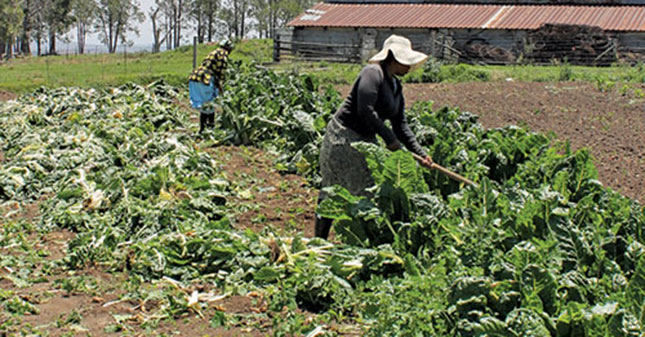
Photo: Lindi van Rooyen
Has the EU (or other countries) historically benefited more from trade agreements with SA than we have?
I don’t think one can generalise and say other countries have benefited more from trade agreements with SA than what SA has benefited. There’s a global move to ensure greater balance of trade between trading countries or blocs, while certain countries also create preferential access for imports from developing countries. An example is the USA-approved African Growth and Opportunity Act (Agoa). Trade agreements are generally complex and are negotiated to create win-win situations, but can become skewed due to shifts in production and consumption.
READ:Outbreak of fall armyworm threatens Zimbabwean maize harvest
The recent negotiations surrounding the Southern African Customs Union Economic Partnership Agreement with the EU have been extremely tough, primarily because SA feels it did not receive a fair deal with the conclusion of the Trade, Development and Co-operation Agreement – a treaty concluded between the European Community and SA, signed in 1999 and which came into force in 2004.
There are many trade-offs in these negotiations and both parties have made concessions to break the deadlock. Agriculturally, Europe remains our main trading partner, even though our exports to Africa and Asia have grown significantly over the past few years. So it remains an important market for SA produce and agricultural products.
How can SA protect itself from cheap imports from countries whose farmers are subsidised?
The best way to deal with countries that subsidise their agriculture significantly and create a skewed playing field is to introduce countervailing duties (CVDs), also known as anti-subsidy duties, are trade import duties imposed under World Trade Organisation (WTO) rules to neutralise the negative effects of subsidies. They’re imposed after an investigation finds that a foreign country subsidises its exports, injuring domestic producers in the importing country.
According to WTO rules, a country can launch its own investigation and charge extra duties, provided such duties are in accordance with the
General Agreement on Tariffs and Trade (GATT) Article VI and the GATT agreement on subsidies and countervailing measures.
Are SA exporters positioning themselves to move away from heavy reliance on EU countries? Has the share of exports going to the BRICS countries increased?
Market opportunities in Asia and Africa are resulting in a move away from exporting to Europe, and SA agricultural product exporters are increasingly positioning themselves to access these opportunities.
Greater diversification in terms of our export destinations is a good development and SA should seek to develop markets in these fast-growing areas even more. Share of agricultural exports to BRICS countries has increased only marginally and certainly holds greater potential to exploit.
Is the decrease in EU exports a result of the EU’s strict requirements?
The EU economy is under pressure, with GDP growth rates being close to zero for quite a while now. This will continue for years and dampen demand for South African high value agricultural products, as households’ discretionary expenditure on food and beverages remains under significant pressure.
While EU requirements are strict, it is also the increase in so-called ‘private standards’ requirements by major retail firms, such as Tesco, Sainsbury’s and Carrefour, that have made access to the market more difficult.
This is an abbreviated version of an article that appeared in Farmer’s Weekly 17 January.
Thisa rticle was originally published in the 17 January 2014 issue of Farmer’s Weekly.













